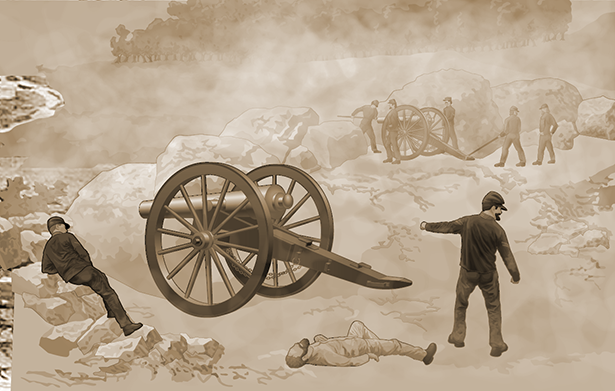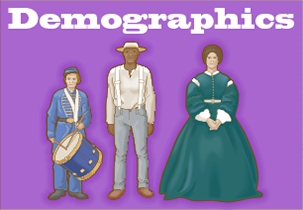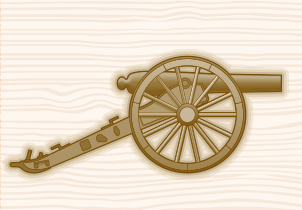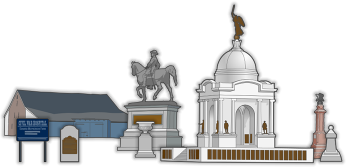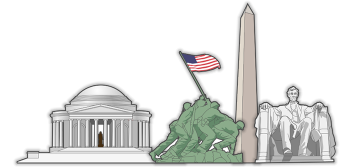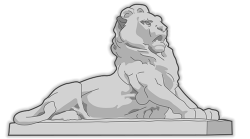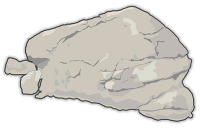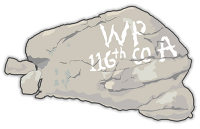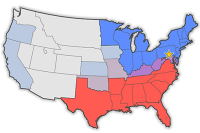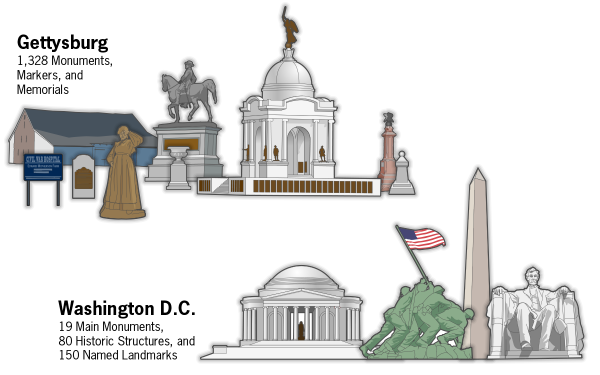
While the number of monuments on the Gettysburg battlefield depends upon what you consider a monument and whether you include buildings, one count indicates that there are approximately 1,328 monuments, markers and memorials at Gettysburg National Military Park.
By comparison there are only 19 main monuments, 80 historic structures and about 150 named landmarks on the National Mall in Washington, DC.
Today, with more than 1,300 monuments and memorials, Gettysburg
National Military Park preserves one of the world’s largest collections
of outdoor sculpture.
NEXT

Questions:
Why does Gettysburg have so many memorials? What makes this place different from others?
Why do sculptors treat memorials as an artistic opportunity?
Who pays for monuments and where do they get the money?
Are there other places in the world, perhaps outside the U.S., where there are large numbers of
monuments?
How are they like/different from Gettysburg?
START
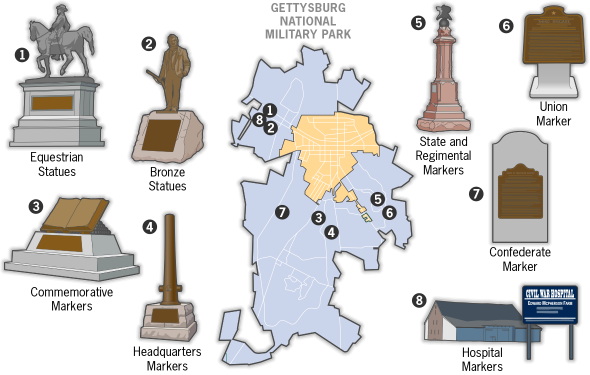
The monuments can be categorized in several ways, but include:
• Union State, Regiment, Battery and Brigade monuments
• Confederate State, Regiment and Artillery monuments
• Monuments to Individuals
• Monuments representing Union headquarters
• Monuments representing Confederate headquarters
• Other, such as those recognizing field hospitals, the memorial to Civil War women, etc.
Questions:
What types of monuments can you find in or near your school? In places you go in your community?
List as many types as you can, including what you think motivated people to create them.
What would be important enough to you to be worth a memorial?
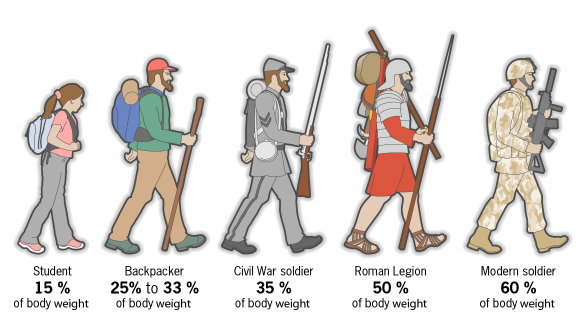
Question:
What other factors might make it possible for today’s soldiers to carry so much more?
What about during Roman times?
Why do soldiers need to carry so much?
How else could the same goods be transported and what might be drawbacks of other means of transport?
START
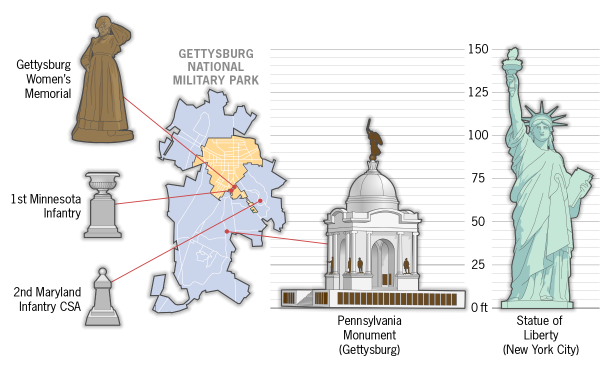
First monument: Soldiers’ National Cemetery was the first to receive a monument in 1869. A white memorial urn honors the 1st Minnesota Infantry, which suffered extreme losses during the fighting on July 2, 1863.
The first monument to a Confederate regiment, the 2nd Maryland Infantry CSA, was dedicated in 1886 at Culp’s Hill.
The newest is The Gettysburg Women's Memorial dedicated in 2002. It is a tribute to the women of Gettysburg who served and suffered because of the battle.
The largest is the Pennsylvania Monument. It is made of 1252 tons of cut granite, 1410 tons of stone, 740 tons of sand, 366 tons of cement, 50 tons of steel bars and 22 tons of bronze. The Pennsylvania Monument is 110 feet tall.
NEXT

By comparison, The Statue of Liberty (not including the base and pedestal) is 151 feet tall.
The National Cemetery at Gettysburg is one of 146 National Cemeteries in the US; the best known of which is Arlington National Cemetery in Virginia.
Questions:
Why is Pennsylvania’s monument the largest?
Look at the time span between the battle and the dates of the monuments. What do these tell you about who might have built the monument and why?
Why were people still building monuments at Gettysburg in the 21st century?
START
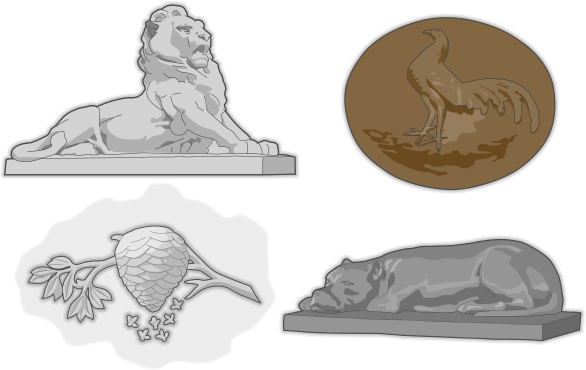
The following animals appear on various monuments:
Dogs, eagles, owl, rooster, lion, buffalo, a hornet’s nest, dove, bird nest, butterfly, wildcat.
What about the myth that says you can tell how a general died by how his horse’s hooves are depicted on the statue? Completely false!
Questions:
Where else do you see animals in sculpture?
What kind of meanings do certain animals have when included in sculpture and other artwork?
Find examples of sculpture where animals have special meanings.
Can you explain what the creator was
trying to say?

Questions:
How much area does your home (house or apartment) cover?
How does/did a military commander decide where to set up camp?
Is a military camp different today from Civil War times?
START
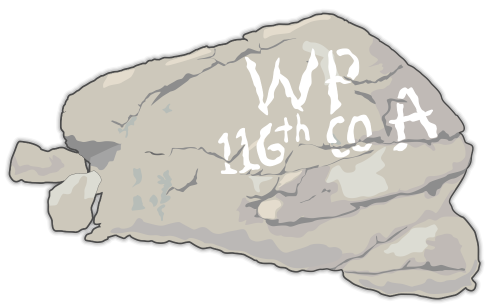
There are also numerous rock carvings and graffiti left by both soldiers and visitors to the battle field
shortly after the Battle.
Although they are not technically monuments, there are 371 cannon displayed across the battlefield, of which 301 are authentic and the rest are replicas.
Questions:
Why would a soldier leave his own “memorial”?
What other unusual things do people sometimes use as memorials after tragic events?
Where have you
seen everyday people create spontaneous memorials?
Is graffiti an appropriate way to add significance or draw attention to a special place?
What is the
difference between graffiti as vandalism and as a memorial?
How would you decide what to “clean up” and what respectfully leave as a memorial?
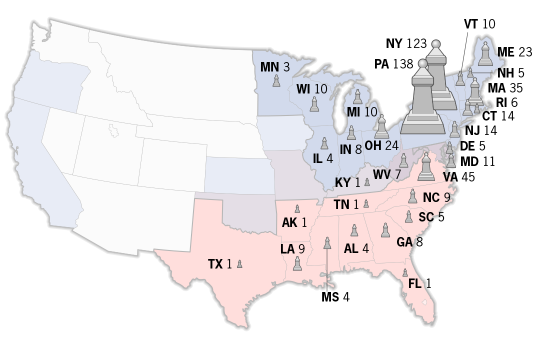
There are 30 states with monuments, plus a US Monument. Kentucky had no one who fought at the Battle of Gettysburg, but they have a memorial to President Lincoln.
Questions:
Were there any states that did not build memorials? (Remember that not all 50 states were states then!)
Why or why not?
Compare the number of soldiers per state at the battle (see demographics) with the number of memorials.
Is there a relationship?
Why would that be?
Close x |
TeachersFirst.com ⋅ Thinking Teachers Teaching Thinkers® ⋅ Copyright © 1998-
Warning: date(): It is not safe to rely on the system's timezone settings. You are *required* to use the date.timezone setting or the date_default_timezone_set() function. In case you used any of those methods and you are still getting this warning, you most likely misspelled the timezone identifier. We selected the timezone 'UTC' for now, but please set date.timezone to select your timezone. in /usr/www/users/teachers/teachersfirst.com/gettysburg/monuments.php on line 535
2024 by The Source for Learning, Inc. All rights reserved.


